Impact Finance Research Consortium Releases Report Exploring Catalytic Capital in Impact Investing
The Impact Finance Research Consortium (IFRC) has released a detailed report shedding new light on the features and applications of catalytic capital, investments bearing a high level of risk or accepting lower returns to stimulate positive social and environmental outcomes that would likely not be possible otherwise. The IFRC is a collaboration of faculty and staff at the Environmental, Social, and Governance (ESG) Initiative at the Wharton School, Harvard Business School, and the University of Chicago Booth School of Business to advance research on impact investing. This report—titled “Catalytic Capital in Impact Investing: Forms, Features, and Functions”—is the latest result of the IFRC’s work to build the evidence base of impact investing.
The report is based on nearly 200 responses to a comprehensive survey developed by the IFRC to better understand impact investing strategies and practices, including when, how, and why impact investors deploy catalytic capital. Additionally, it draws on 21 interviews with a variety of impact investors who reported using catalytic capital in the survey.
“Although much has been written on the value of and need for catalytic capital, relatively little is known about how catalytic capital works and how catalytic investors view their role in relation to the broader impact investing ecosystem,” notes Katherine Klein, Edward H. Bowman Professor of Management, Faculty Co-Director of the Impact Investing Research Lab at the Wharton School, and one of the authors of the report.
To address this knowledge gap, the report provides a broad descriptive overview of catalytic capital, including the reasons that impact investors cite for utilizing catalytic capital and the challenges they face when deploying it. Additionally, insights from the report reveal fund characteristics linked to catalytic capital, including smaller size, greater use of debt, more focus on emerging economies, less support from traditionally returns-focused limited partners, and more.
Furthermore, the report highlights that catalytic capital is not an all-or-nothing strategy; rather, funds often adopt a hybrid approach by blending catalytic and non-catalytic capital to generate positive impact. Indeed, the report shows that over 40 percent of impact funds surveyed blend catalytic and non-catalytic capital in their investment portfolios. As explained in the report, “this variable aspect of catalytic capital presents an opportunity for field-building.” Impact investors can thus be encouraged to experiment with catalytic approaches, enabling them to pursue more or less catalytic deals depending on their strategic priorities.
The report is one of 14 research projects funded by the Catalytic Capital Consortium to promote knowledge and awareness of catalytic capital. “This report offers valuable insight into the practice of catalytic capital across sectors and markets,” says Urmi Sengupta, chair of C3’s Project Advisory Board and a senior program officer at the John D. and Catherine T. MacArthur Foundation. “By describing how and why investors provide catalytic capital, it can help others evaluate opportunities to deploy this type of innovative, high-impact financing and fuel progress on some of the world’s most pressing challenges.”
The IFRC’s report stands as a landmark study in the realm of impact investing, offering a comprehensive understanding of catalytic capital’s nuances and potential. As the industry seeks actionable insights, this document will be an important reference, shedding light on innovative strategies to achieve both financial returns and meaningful social impact.

About the ESG Initiative at Wharton
The Environmental, Social and Governance (ESG) Initiative conducts academically rigorous and practically relevant research with industry partners and across all Wharton departments to investigate when, where, and how ESG factors impact business value. Informed by research, we offer 30+ courses that MBA and undergraduate students can assemble into a major or concentration, over a dozen co-curricular experiences, and three Executive certificate programs. Led by Vice Dean Witold Henisz, the ESG Initiative advances Wharton’s best-in-class education of current and future leaders, enabling them to serve a world undergoing tremendous change. Learn More >>

About the Social Impact Collaboratory at HBS
Led by Harvard Business School Professor Shawn Cole (Finance), the HBS Social Impact Collaboratory is a research-led effort to advance the understanding and practice of impact investing by developing world-class educational offerings, supporting rigorous academic research, and engaging with industry to accelerate practice. Learn More >>

About the Rustandy Center for Social Sector Innovation at Chicago Booth
The Rustandy Center for Social Sector Innovation is the destination at the University of Chicago Booth School of Business for people committed to helping solve complex social and environmental problems. As Chicago Booth’s social impact hub, the Rustandy Center offers hands-on learning opportunities, supports innovative courses, and pursues research—all with the goal of developing people and practices with the potential to solve the world’s biggest problems. Learn More >>


